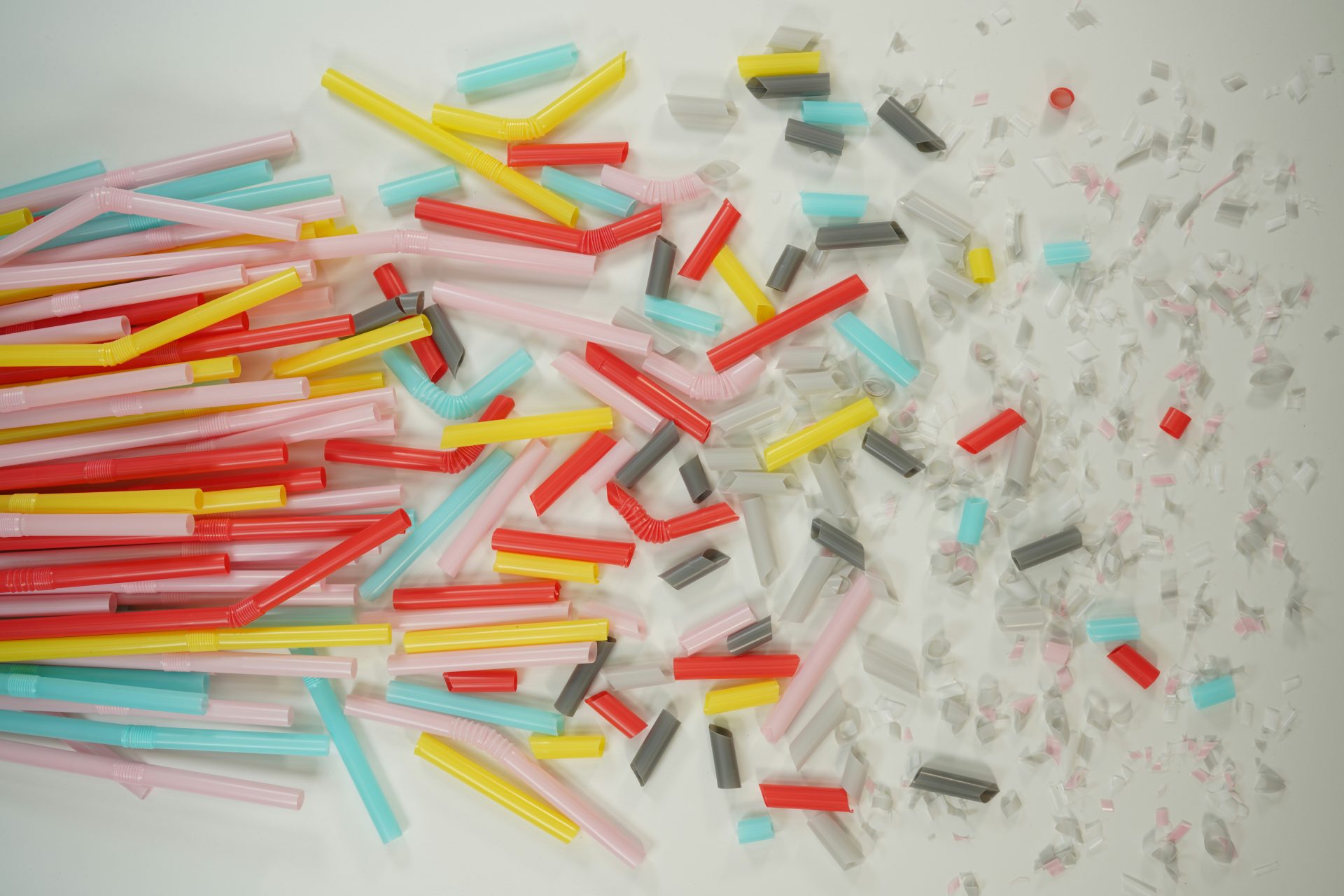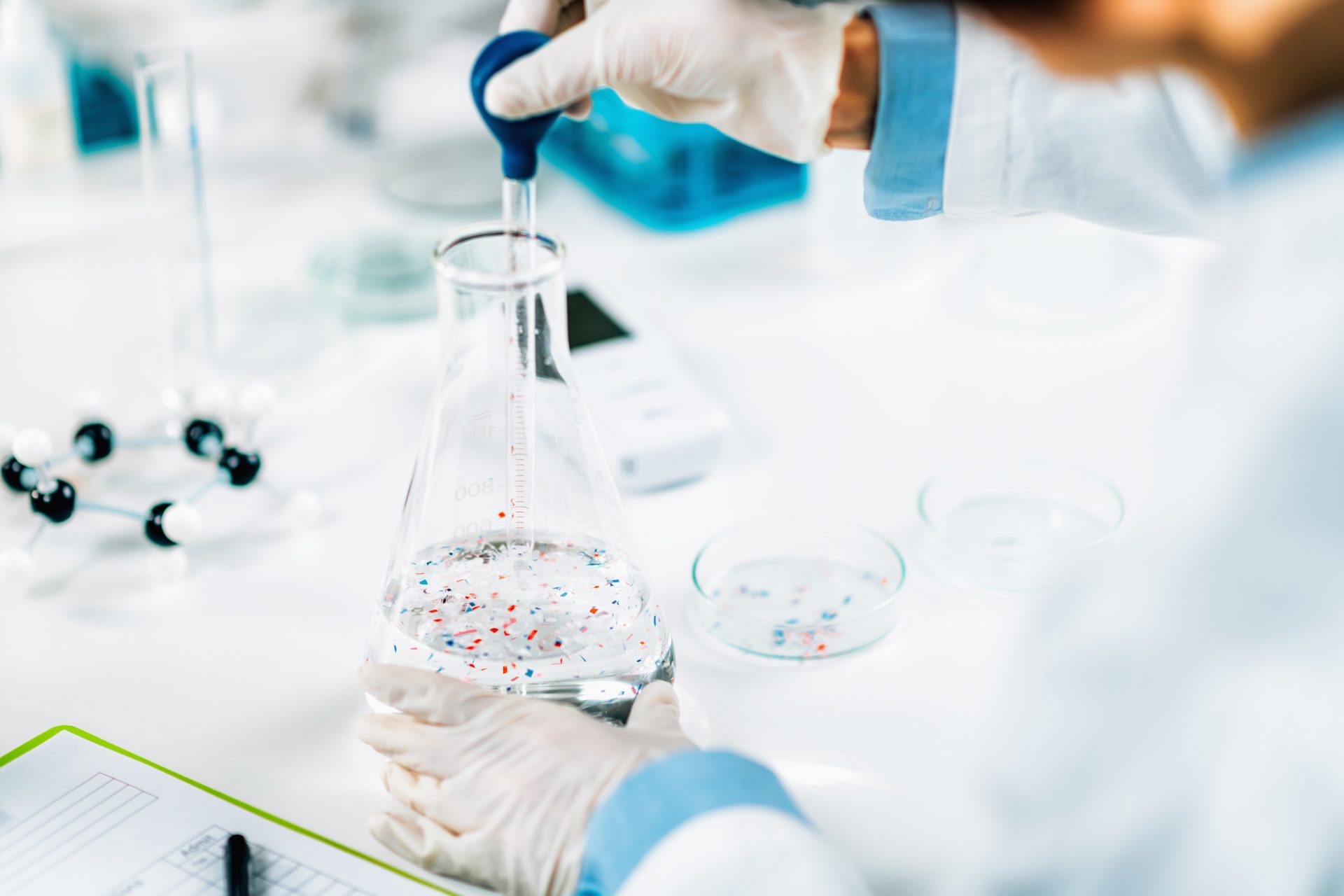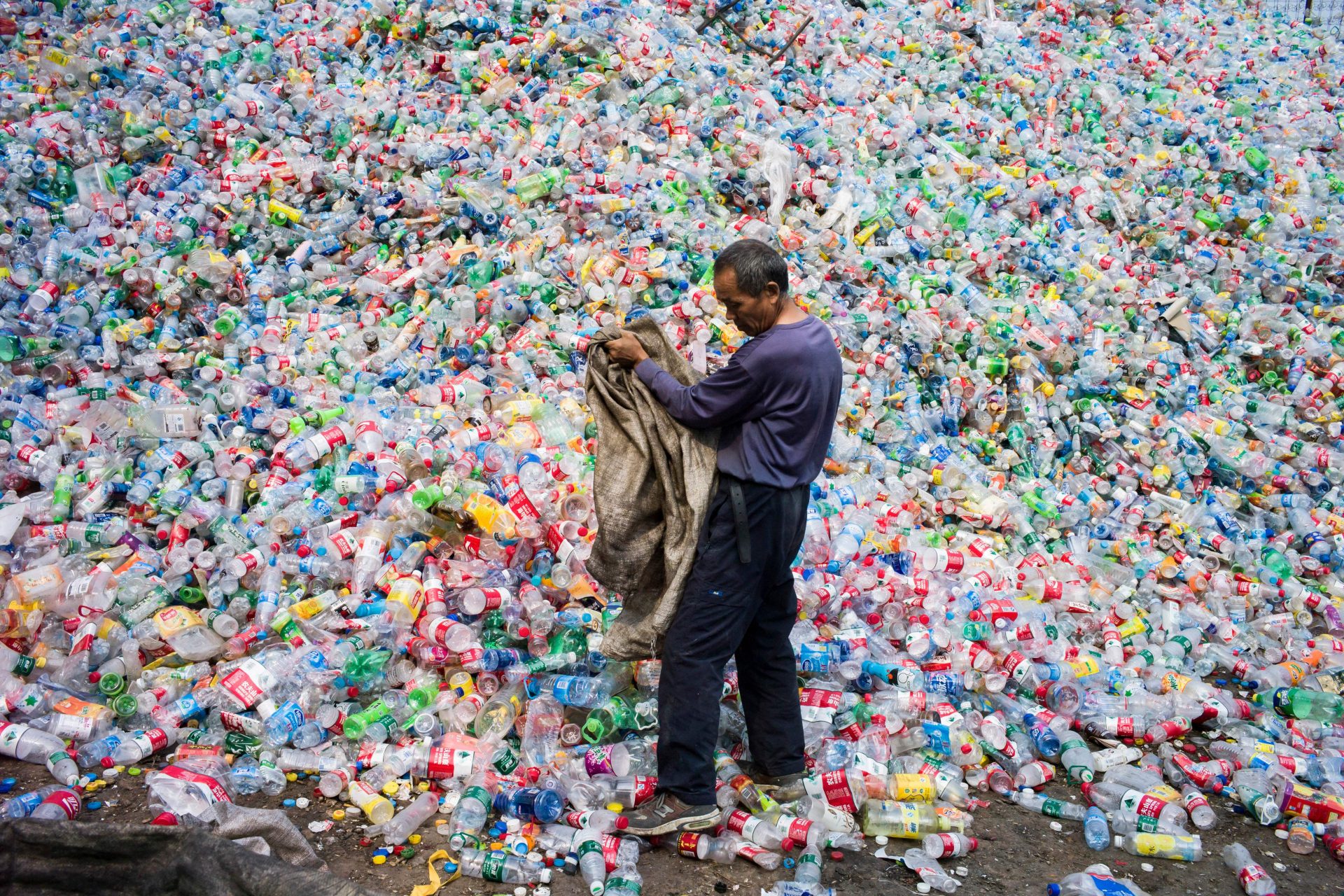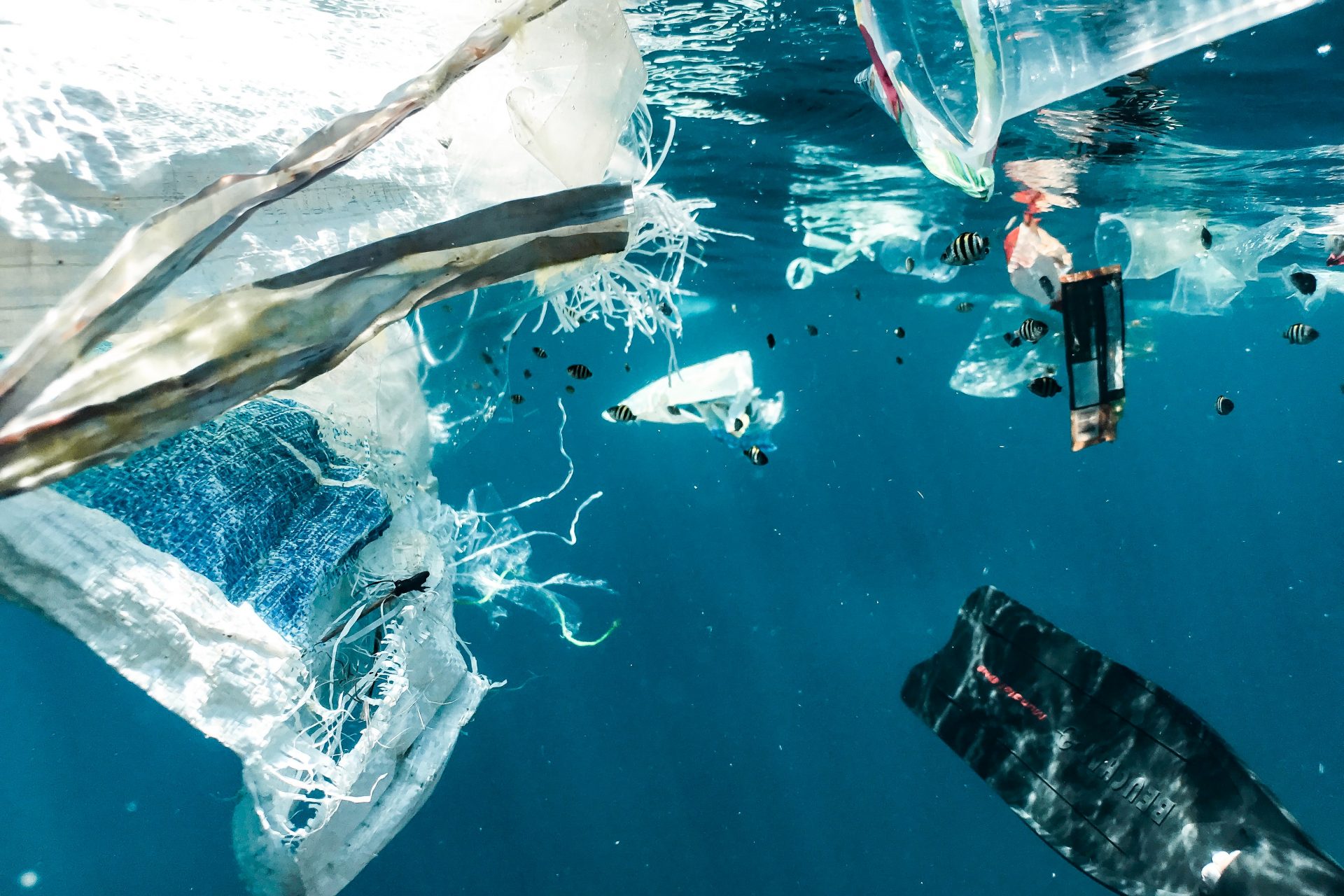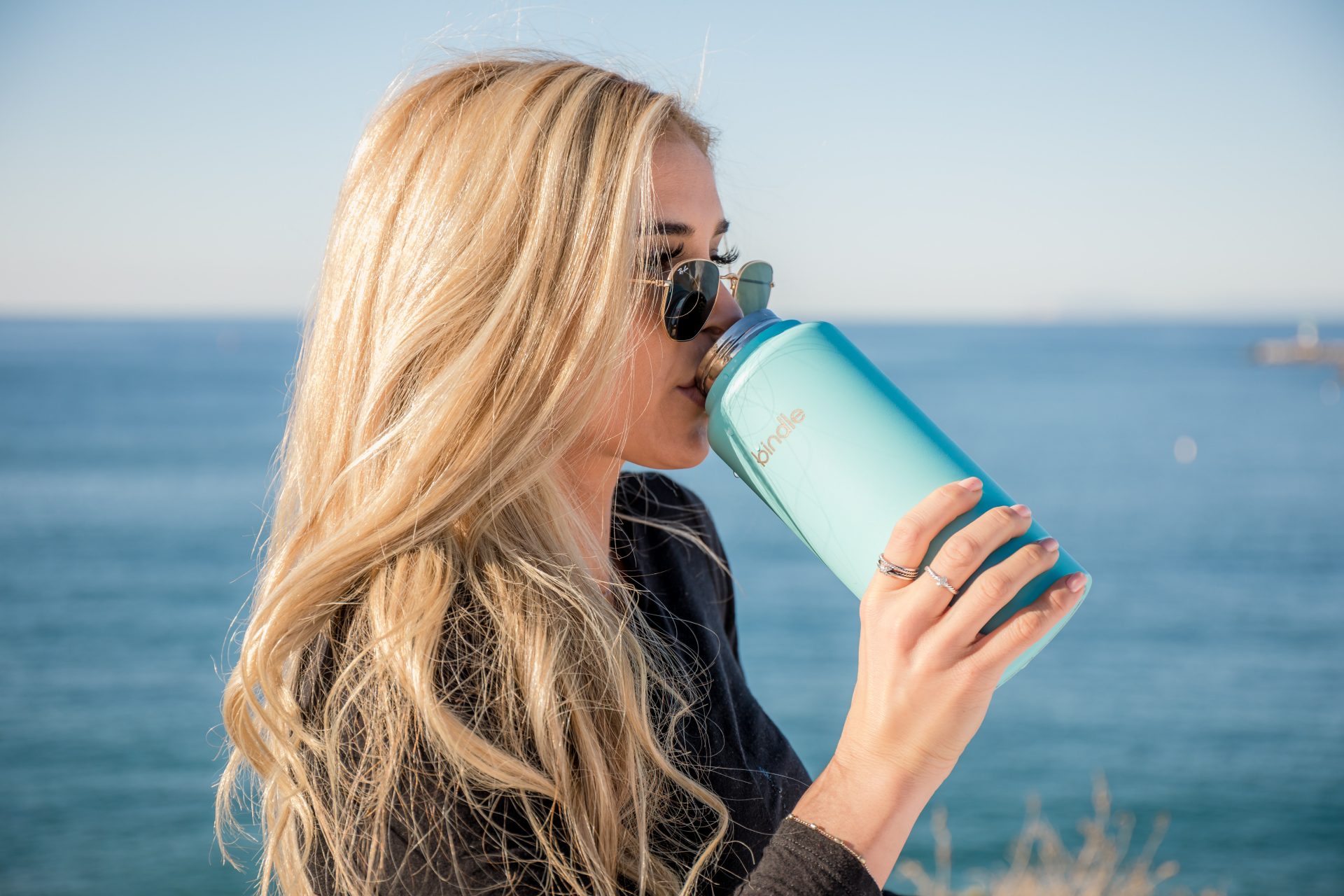Microplastic in babies: the disturbing discovery scientists found in newborns
Researchers from the University of New Mexico have made an alarming discovery in newborns that shows exactly how far plastics have contaminated our bodies.
According to The Guardian, scientists found microplastics in every placenta that were part of a study on developing fetuses.
The study, published by Toxicological Sciences, shows that 62 placenta tissues sample showed polyethylene, which is used to make plastic bags and bottles.
Image: flyd2069 / Unsplash
In the past years, scientists have been alarmed by the presence of microplastics within the human body. A study by the Hull York Medical School in England even found microplastics in human lungs.
Image: camstejim / Unsplash
It’s no secret that dealing with plastic is one of the biggest problems when it comes to the environment. However, something most people use every day could be far more harmful than previous thought.
One way these plastic particles are finding a way to get inside you? Water bottles.
A new study published by the Proceedings of the National Academy of Sciences seems to confirm that the number of microplastics in plastic bottles is far higher than previously thought.
According to France24, scientists from the universities of Columbia and Rutgers have discovered an average of 240,000 fragments of plastic molecules per liter in several popular water brands, over 100 times than previous estimates.
Scientists have known for years that there was plastic residue in bottled water. CBS News highlights a 2018 study that put an average of around 300 plastic particles in the water.
The health risks remain to be studied. Back in 2019, the World Health Organization declared that the hazards of microplastics came in three forms: the particles themselves, the chemicals the particles are made up of, and microorganisms that might evolve from the microplastics.
At the time, WHO representatives argued that the risk caused by microplastics was very low but that this doesn’t mean that new risks could be discovered in the future.
“If people are concerned about nanoplastics in bottled water, it's reasonable to consider alternatives like tap water,” Columbia Professor Beizhan Yan and co-author of the study told news agency AFP.
“We do not advise against drinking bottled water when necessary, as the risk of dehydration can outweigh the potential impacts of nanoplastics exposure,” Beizhan Yan remarked.
Image: tchompalov / Unsplash
National Geographic explains that microplastics are tiny debris that usually come from larger plastics. They are smaller than five millimeters (0.1 inches) in size.
Microplastics are commonly found in bottles, packaging, clothing, and twine and generally are made of nylon, polyethylene, and resins.
Like regular plastics, they take hundreds of years to decompose, meaning that they will last far longer than livin being they end up inside of.
According to The Guardian, microplastics are virtually unavoidable today. There are in the air you breathe, the liquids you drink, the food you eat, they are impossible to escape.
Marine life is heavily exposed to microplastics, which usually end up consumed by people, creating a direct pipeline for these particles to end up inside you.
Image: naja_bertolt_jensen / Unsplash
For the most part, they are usually flushed out with the rest of human waste. However, it remains to be seen what sort of health issues microplastics could generate in the future.
Image: bindlebottle / Unsplash
More for you
Top Stories





